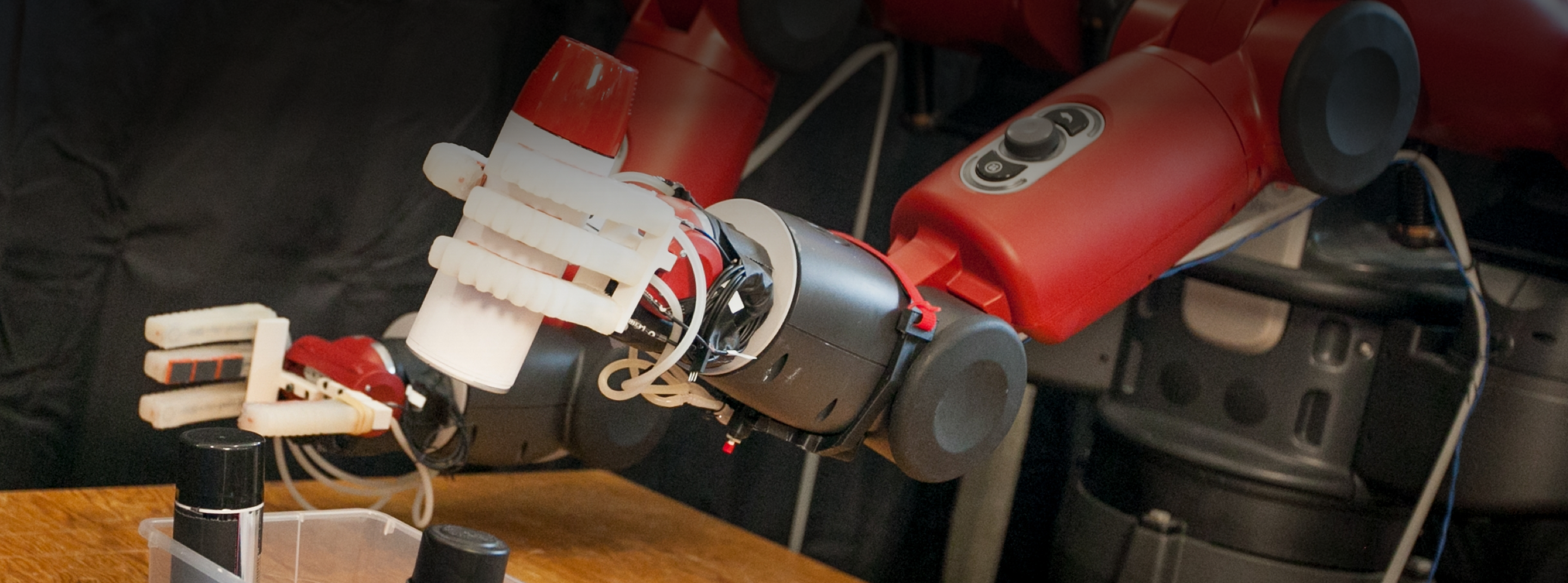WRITTEN BY: Matt Busekroos | VIDEO BY: Nate Caldwell
Prior to studying at CSAIL, Tom Silver received a bachelor’s degree from Harvard in computer science and math. When he started college, the New Jersey native originally intended to study biology. However, Silver said he fell in love with the computational parts more. Silver then read a book called “On Intelligence” by Jeff Hawkins, which was his first introduction to artificial intelligence. He discovered Hawkins has a small AI research company in California and applied for a summer internship. Silver credits that experience with cementing his interest in the field.
After college, Silver worked for two years at another research company called Vicarious. While at Vicarious, Silver had the opportunity to explore different subfields of AI, and ultimately found his passion at the intersection of machine learning and planning, with applications to robotics. Silver said most of the interesting papers he read while at Vicarious were written by MIT authors, which prompted him to apply here.
Silver is now working toward his PhD under the advisement of Professors Josh Tenenbaum and Leslie Kaelbling with the Learning and Intelligent Systems Group and the Computational Cognitive Science Group.
“Working with Josh and Leslie has been a dream come true,” Silver said. “In the work that we do together, Josh often brings a cognitive science perspective and describes how humans might approach some of the problems that we’re trying to get robots to tackle. Leslie brings an engineering mindset and an incredible wealth of expertise in all things machine learning, planning, and robotics.”
Silver said this duality is also reflected in the two groups (LIS and CoCoSci) with some of his peers focusing more on cognitive questions, and others being primarily engineers.
“Both Josh and Leslie are also fantastic role models and all around great advisors,” Silver said. “Whenever making a decision about how to progress in my research, or how to advise undergraduates, I usually start by asking ‘what would Josh and Leslie do?’”
Most of Silver’s PhD work revolves around two questions. First, how can robotic agents learn models that they can use for planning? And second, with such models acquired, how can they learn to plan more efficiently and effectively over time?
“For the first question, the main thing that a robot needs to start planning is a transition model, which it can use to imagine how the world will change if it were to take different actions,” Silver said. “But to plan in any practical amount of time, we need to say more, because a robot that makes decisions by considering arbitrary sequences of tiny joint movements will never get anywhere.”
Much of Silver’s work is concerned with learning transition models that have specific structure, which can then be leveraged to plan more efficiently.
For the second question, Silver is interested in several mechanisms for learning to plan more efficiently and effectively from experience.
“One example is learning to generate abstractions of large planning problems, which preserve the salient aspects of the original problems, but allow the robot to reason and plan at a much higher level,” he said.
Silver said he is especially motivated by the prospects of robots in the home.
“I would love to have a robot that cooks, cleans, fixes appliances, and does any chores that I would prefer not to do,” Silver said. “Household robotics could also be transformative for people with limited mobility, allowing people to remain independent in their homes. Robots today are not nearly smart enough or safe enough to be helpful in the home. I hope my work can contribute toward one day bridging that gap.”
Silver added that he loves the puzzle-solving aspects of research whether it’s understanding the behavior of a small piece of code, or trying to come up with a solution to a difficult problem over several months.
“Computer science research is especially fun because it allows for such fast iteration; we are usually limited by the time it takes to think and code, rather than the time it takes to run an experiment,” he said.
Silver’s three main passions are research, teaching, and (software) engineering. When he graduates, Silver said he hopes to find a job that combines all three. Silver said he will likely try to maintain some connection to academia, whether it’s as a full-time professor, or something part-time in combination with an industry position.

